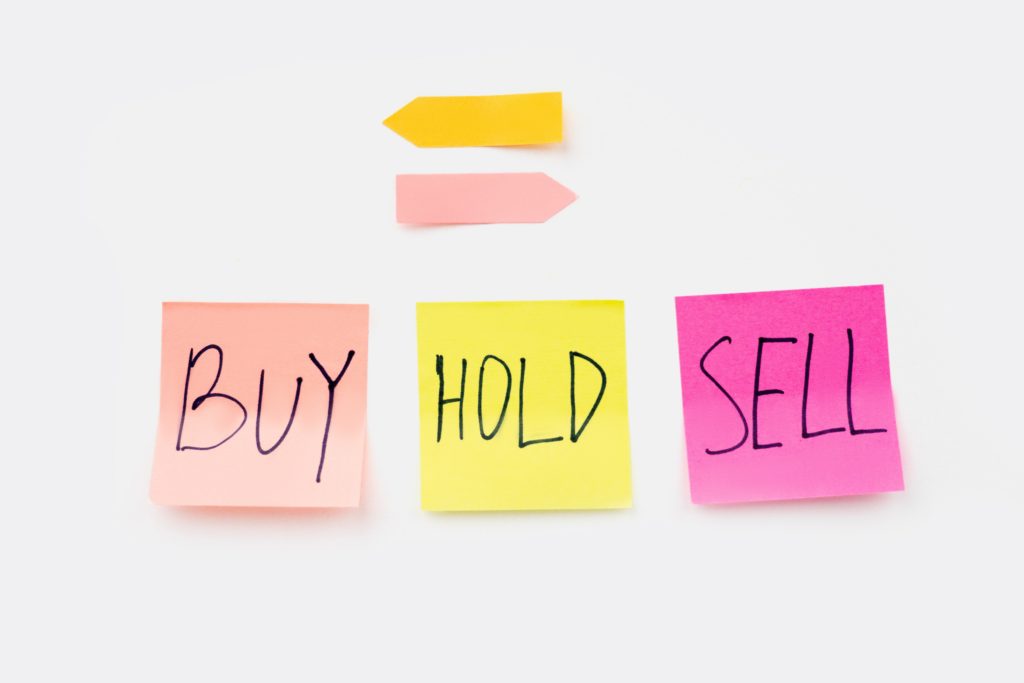
Post Difficulty: Very Easy –
It can all be a little… chaotic.
It’s important to understand the very basics of investing before getting into some of the more difficult topics, such as Active and Passive investing.
Sometimes investing can seem so complicated and not straightforward at all.
If you Google ‘Investing’ you’ll get bombarded with information about fund selection, stock market news, how so and so has made a million over night investing in Bitcoin.
In this post I’m going to explain the very basics of investing; we’ll look at what investing actually is, and what you can invest in. We’ll explore the different types of investments (known as asset classes), and some of the common types of assets available.
Some parts of investing can be complicated:
- Stock and Asset allocation/selection
- Stochastic Modelling
- Modern Portfolio Theory
- Behavioural Finance
- ETF’s, ETC’s, Fund of funds, Manager of manager
I could go on… but I wont. Instead, here is a picture of Troy – This is meant to be the very basics after all.

You see, a cat likes an easy life; Troy loves to play, eat, patrol his garden and then sleep. Easy right?
The very basics of investing can also be straightforward.
What is Investing?
Well, an investment could be defined as:
‘Putting your money somewhere with the hope it will grow, generate a profit or produce an income.’
But where?
There are many types of individual investments, and many ways to invest, which I will go into another time.
But first, assets:

An asset issomething you own that holds a value. Probably the most commonly known asset is your home. Property has a value and is bought and sold by someone with a desire to live in a location or with a desire for a particular type of property. Property prices increase and decrease depending on demand for houses in a particular area. ![]()
![]()
Asset Types/Classes
There are many types of assets you can hold, but the main ones we need to know when investing are:
- Shares/Stocks/Equities: Here you are buying a part of a company. If I own Straightforward Money, and imagine I want to raise money to invest in my company, I could sell shares of my company to someone else. That someone else would pay me money for the shares. (Remember how we defined an asset? Something that holds a value in the hope that the value will increase). This someone else now holds shares in my company, which is an asset as it holds a value, they then hope that the value will increase over time as they hope the company will make more profit.
- Bonds: Bonds can be very complicated, but at the basic level they are similar to shares. Instead of you purchasing a ‘share’ of a company, you actually loan money to the company. Imagine I needed £100 for Straightforward Money, I would ask you if I could borrow £100, if you were happy lending me the £100 then I agree to pay you a small amount of money each year (an interest payment), for a given period of time. That could be £4 a year for 5 years, then when the 5 years are up I would give you your £100 back. This is essentially what happens with companies, and also Governments, but just on a much larger scale and usually in the 10’s of thousands of ££££’s.
- Property: We’ve already touched upon property earlier, and there’s not much more to say on it from a basic level. Just remember, you buy a property (homes or warehouses) in the hope that they will increase in value over time. You could also rent out properties to give you an additional monthly income.
- Commodities: These are raw materials or agricultural products that can be bought and sold. The best example here is Gold. Gold is an asset as it holds a value, it is bought and sold, with the buyer hoping that the value of the Gold will go up when they come to sell it. Some other commodities are: Wheat, Coffee, Silver, Oil.
Supply & Demand
And as we come to the close of this post the last point I’d like to mention is supply & demand. An understanding of this will significantly help you going forward and also help your understanding of the investing world. After all, supply & demand makes the world go round.
Supply is the amount of product available, and demand is how many people want it.
Supply is how many Dreamies are available for Troy, demand is how many Dreamies Troy wants to eat, or how many Troys want to eat Dreamies.
If supply is low and demand is high then you’ve got yourself a perfect storm. Troy wants to eat more Dreamies but there aren’t as many Dreamies available to buy, so what happens? The price of Dreamies are probably going up!
Alternatively, if supply is high and demand is low then the opposite will happen. Troy wants to eat less Dreamies (he is on a diet) but there are lots of Dreamies available to buy, so what happens? The price of Dreamies are probably going down!
If you now change the word Dreamies to any of the asset classes mentioned above, or anything that has a value you’ll get an understanding of why prices move up and down, otherwise known as – Inflation.
Quick recap
We now have a very basic understanding of what investing is, what an asset is and how changes in supply and demand can impact the price of the products the companies sell. Remember this is the very basics, and we will get into some of these points in more detail in future posts.
